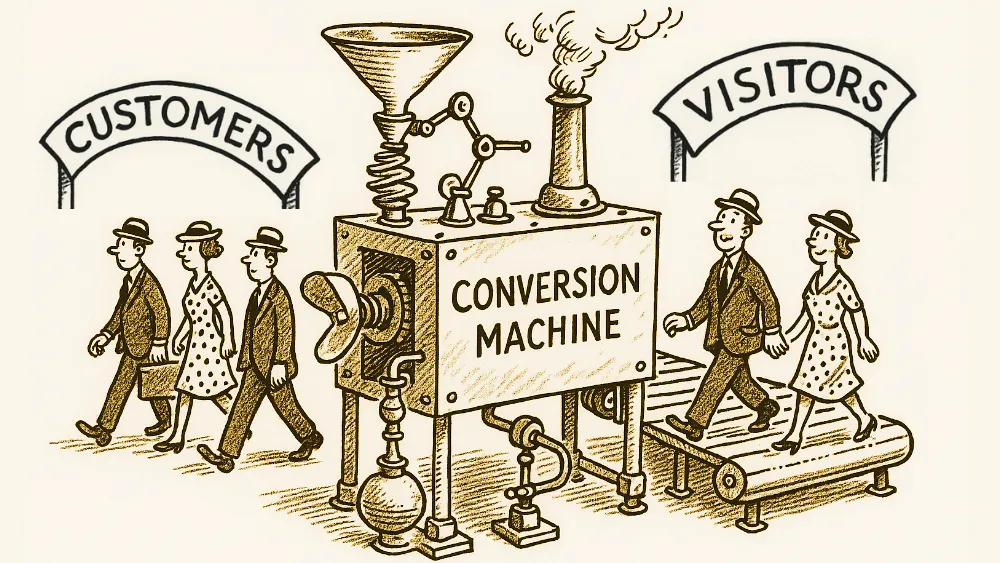
How To Create A+ Content That Sells
Table of Contents
In today’s competitive Amazon marketplace, standing out from the crowd requires more than just competitive pricing and fast shipping. A+ Content, formerly known as Enhanced Brand Content (EBC), has emerged as a powerful tool that can boost your product listings’ conversion rates by 5.6-10%, with Premium A+ Content potentially driving sales up by as much as 20%. This comprehensive guide will walk you through creating compelling A+ Content that captures attention and drives sales.
What is Amazon A+ Content?
A+ Content transforms standard product descriptions into engaging visual stories that resonate with customers. Unlike basic product listings that rely solely on text and basic images, A+ Content allows sellers to incorporate rich media elements, detailed product information, and brand storytelling components. This enhanced content appears in the product description section of your listing, though its placement varies between desktop and mobile views.
The evolution from basic product descriptions to A+ Content represents Amazon’s recognition that today’s shoppers need more than just specifications to make purchase decisions. They want to understand the product’s value proposition, see it in action, and connect with the brand’s story. Through A+ Content, sellers can deliver this comprehensive shopping experience.
Types of A+ Content Available
Brand Registry members can access several types of A+ Content, each serving different purposes in your product presentation strategy. Basic A+ Content provides access to standard modules that allow you to enhance your product listings with additional images, comparison charts, and detailed feature descriptions.
The Brand Story module offers a unique opportunity to build brand awareness and trust. Positioned at the top of your product listings, it helps create a consistent brand experience across your entire product catalog. This feature is particularly valuable for establishing brand identity and differentiating your products from competitors.
Premium A+ Content (A++), available to select brands, takes product presentation to the next level. It includes interactive elements like video content, hotspots, and enhanced comparison charts. While more exclusive, these advanced features can significantly impact customer engagement and conversion rates.
Planning Your A+ Content Strategy
Success with A+ Content begins with thorough planning and competitive analysis. Start by examining your top competitors’ listings within your specific product category. Pay attention to their content structure, visual elements, and how they address customer pain points. This analysis will help you identify gaps in the market and opportunities to differentiate your listings.
Key steps in planning A+ Content:
- Competitor Analysis
- Customer Journey Mapping
- Content Structure Design
- Visual Asset Creation
- Implementation & Testing
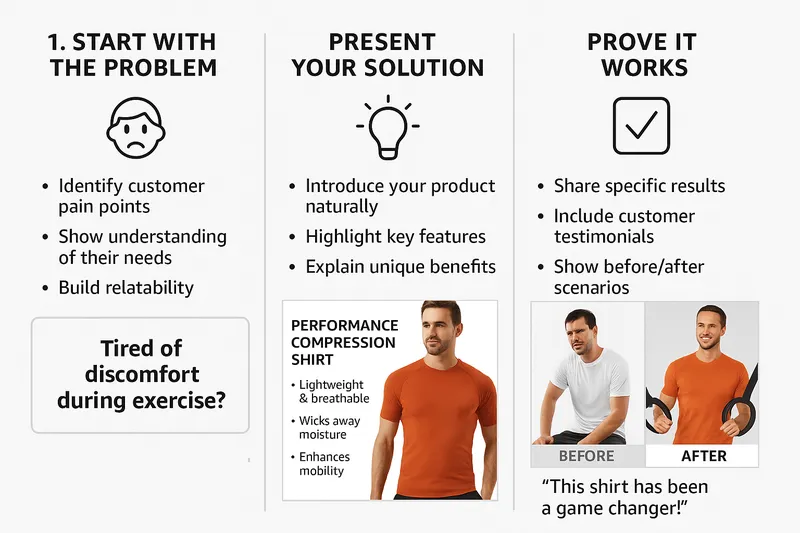
Understanding Your Customer’s Journey
Before creating your A+ Content, it’s crucial to understand your customer’s decision-making process. Different shoppers may be at various stages of the buying journey when they encounter your listing. Some are gathering information, while others are ready to purchase. Your A+ Content should address both informational and transactional intent.
Consider creating a content hierarchy that guides customers through their decision-making process. Begin with compelling lifestyle images that establish emotional connection, followed by detailed product features that build confidence in the purchase decision. End with technical specifications and comparison charts that validate their choice.
Selecting Priority Products
Not all products in your catalog require the same level of A+ Content investment. Focus your initial efforts on products that will benefit most from enhanced content:
Your top-selling products deserve priority attention as they already have proven market demand. Products with high margins warrant detailed A+ Content as increased conversion rates will significantly impact profitability. Complex items that require more explanation or demonstration are also prime candidates for comprehensive A+ Content.
After implementing A+ Content for these priority products, analyze the results and apply successful strategies to other items in your catalog. This methodical approach ensures efficient use of resources while maximizing potential returns.
Designing Effective A+ Content
The visual appeal of your A+ Content plays a crucial role in its effectiveness. High-quality images, consistent branding, and clear visual hierarchy guide customers through your content naturally and professionally.
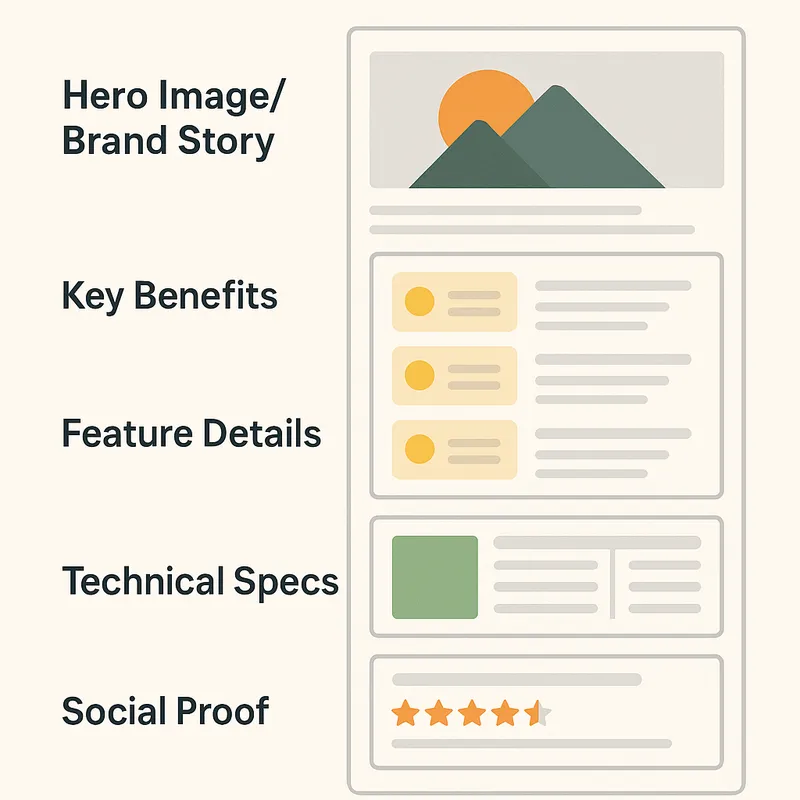
Creating Compelling Visuals
Your images should tell a cohesive story about your product while meeting Amazon’s technical requirements. Use high-resolution photos (at least 1500 pixels on the longest side) that showcase your product from multiple angles. Lifestyle images should depict realistic usage scenarios, while detail shots should highlight key features and benefits.
When creating comparison charts, focus on clarity and readability. Use consistent formatting and highlight key differentiators that matter to your customers. Remember that mobile users will view your content on smaller screens, so ensure all text remains legible when scaled down.
Writing Persuasive Content
While visuals capture attention, your written content drives conversion. Each section of text should serve a specific purpose in your sales narrative. Begin paragraphs with strong topic sentences that communicate clear value propositions. Use active voice and concrete language to describe benefits rather than just features.
For example, instead of stating “Our product has a 5000mAh battery,” write “Power through your entire workday with our long-lasting 5000mAh battery that eliminates the need for mid-day charging.” This approach helps customers understand how features translate to real-world benefits.
Implementation Best Practices
Creating effective A+ Content requires attention to technical details and process management. Access the A+ Content Manager through Seller Central and follow a systematic approach to content creation and submission.
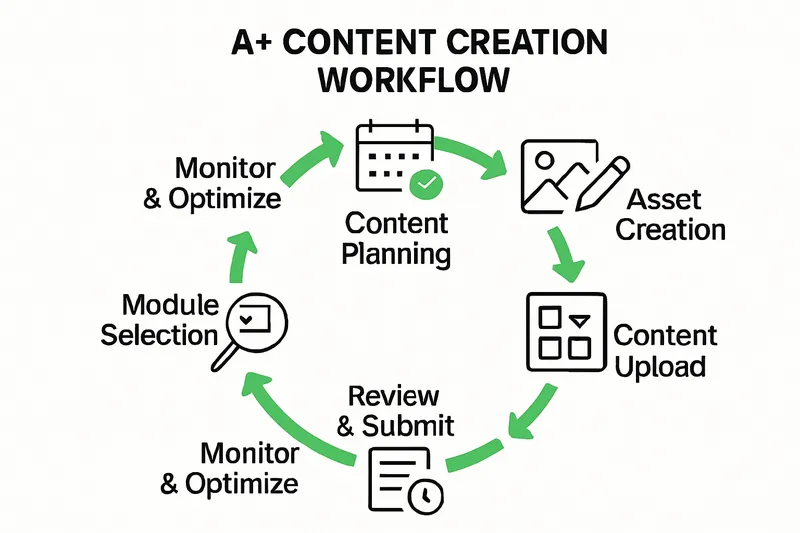
Technical Requirements
Ensure all visual assets meet Amazon’s specifications before submission. Images should be in RGB color mode and saved in either JPEG or PNG format. Keep file sizes under 2MB to maintain fast loading times. When selecting modules, consider how they will appear on both desktop and mobile devices.
Maintain a content management system to organize your A+ Content assets. This includes original image files, copy documents, and performance data. Good organization facilitates future updates and helps maintain consistency across your product catalog.
Avoiding Common Pitfalls
Several common mistakes can delay approval or reduce the effectiveness of your A+ Content. Avoid promotional language, time-sensitive content, or references to shipping and return policies. Keep your content focused on product features, benefits, and brand story.
Don’t overwhelm customers with too much information. Each module should serve a specific purpose in your content strategy. Remove redundant information and ensure every element adds value to the customer’s understanding of your product.
Measuring Success and Optimization
Effective A+ Content requires ongoing monitoring and optimization. Amazon provides several metrics to track performance, including conversion rates and unit session percentage. Establish a regular review schedule to analyze these metrics and identify opportunities for improvement.
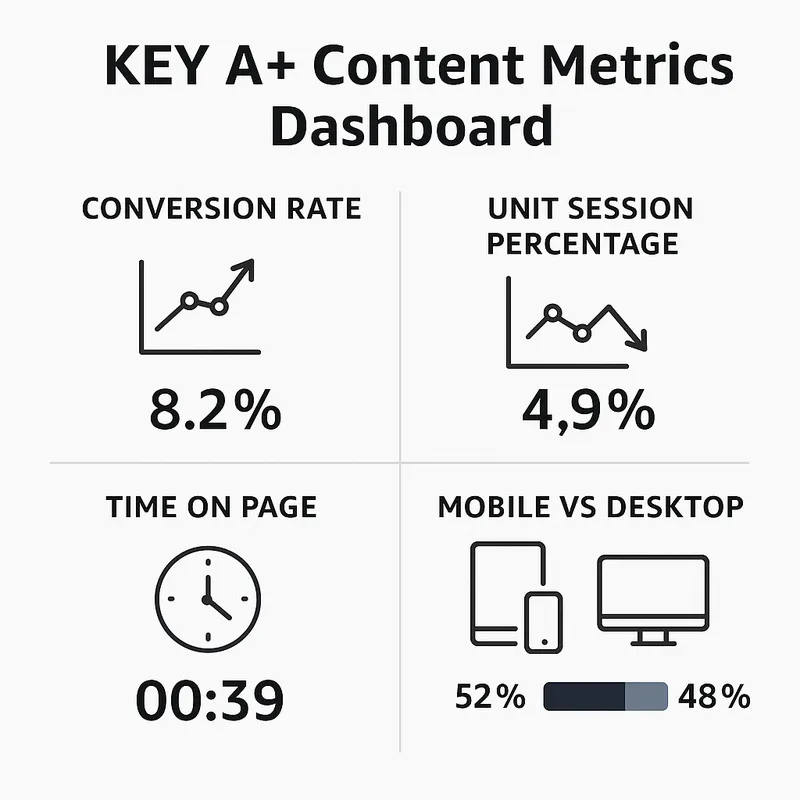
Testing and Refinement
Implement A/B testing through Amazon’s Manage Your Experiments tool to optimize your content’s effectiveness. Test different module arrangements, image styles, and copy approaches to identify what resonates best with your audience. Focus on one variable at a time to clearly understand what drives improvements in performance.
Remember that market conditions and customer preferences change over time. Regular content updates keep your listings fresh and relevant. Consider seasonal adaptations and new product features in your update strategy.
Conclusion
Creating effective A+ Content requires careful planning, attention to detail, and ongoing optimization. By following the strategies outlined in this guide, you can develop compelling content that differentiates your products and drives sales growth. Remember that successful A+ Content is an investment in your brand’s future on Amazon, providing returns through increased conversion rates and stronger brand recognition.
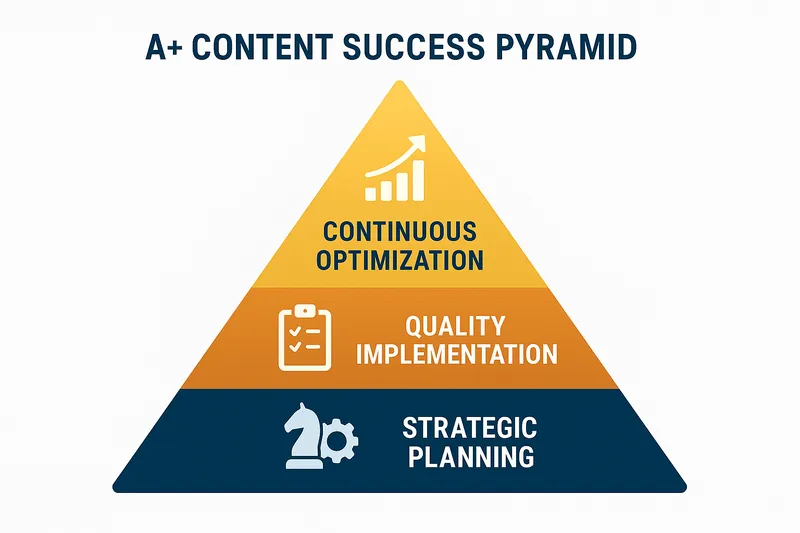
Start implementing these strategies today, and monitor your results closely. With persistence and attention to data, you can create A+ Content that not only looks professional but delivers measurable improvements in your Amazon sales performance.